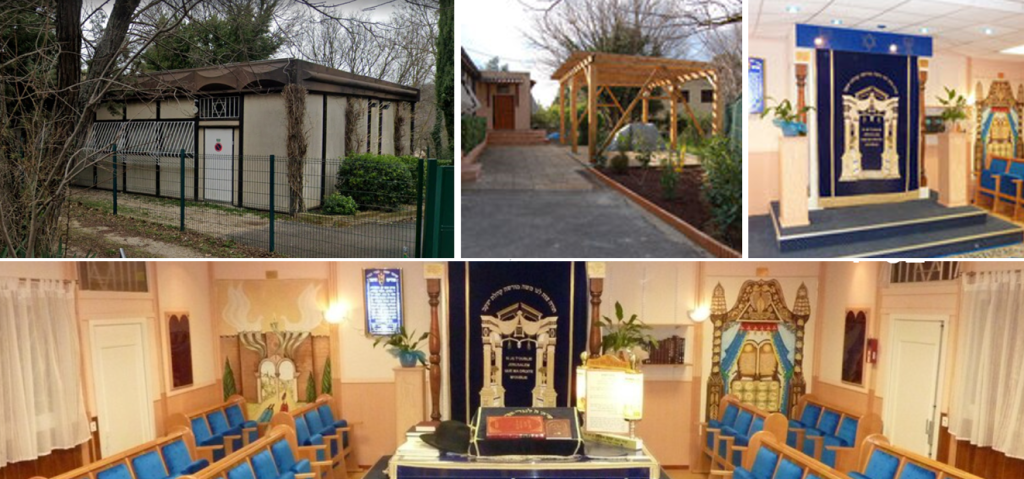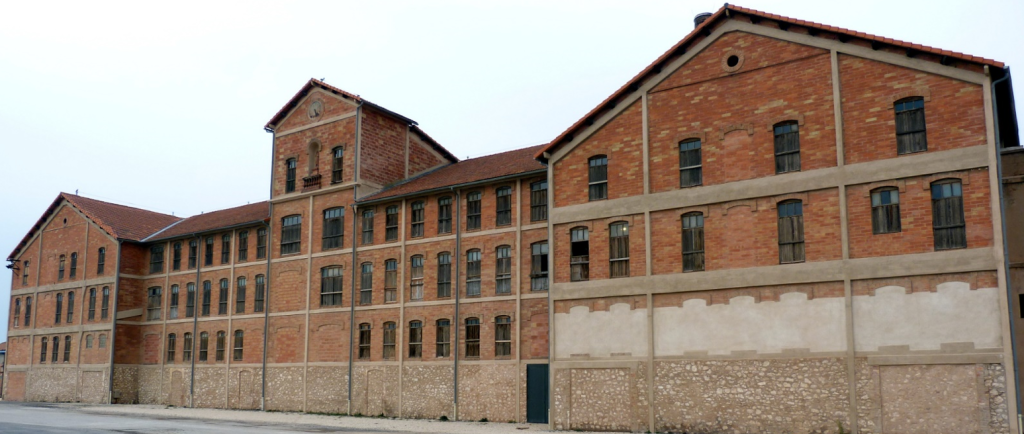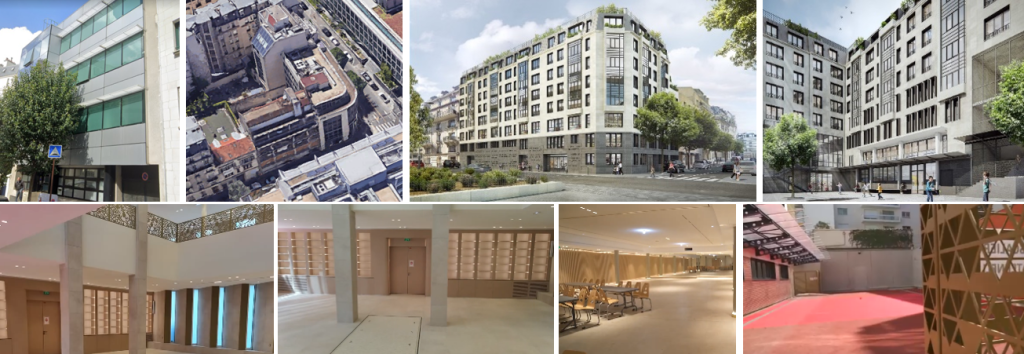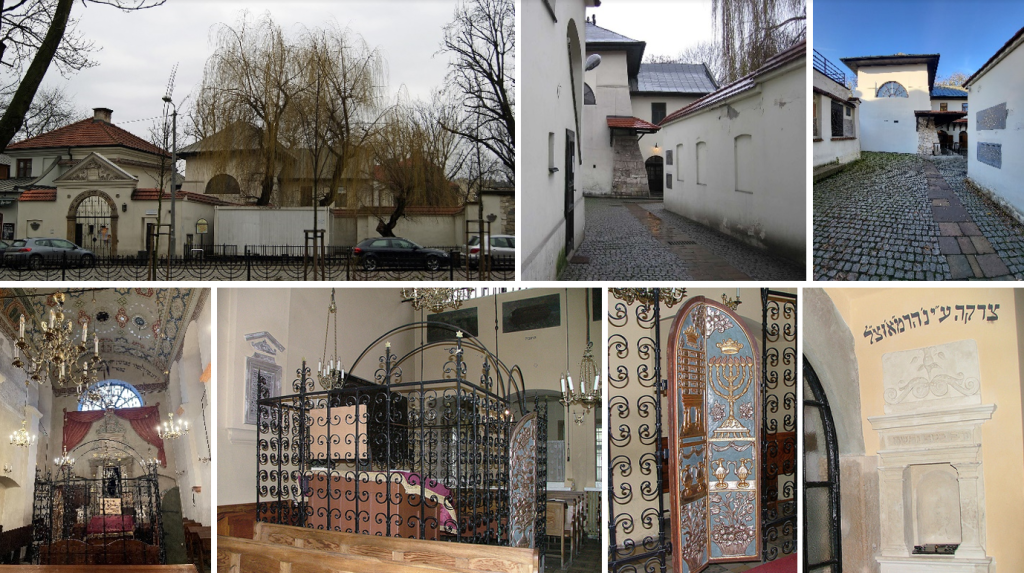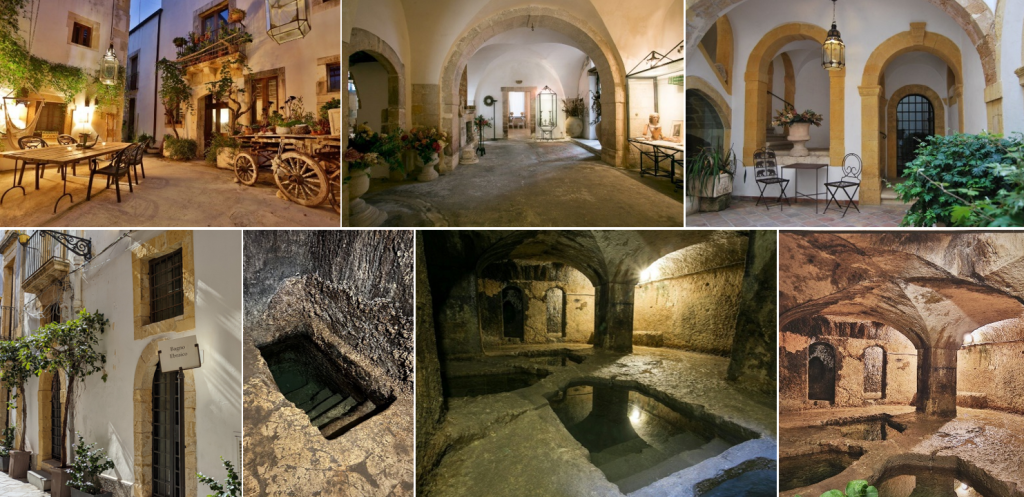
Tazria, (תזריע – she will conceive) and Metzor’a (מצורע – person afflicted with tzara’at (kind of leprosy) Leviticus from verse 12, 1 to verse 15,33
The text enumerates the laws of ritual impurity and sets out the purification rites to be performed once the evil has disappeared.
The presence of Jews in Sicily has been attested since the 1st century. In the Middle Ages in Syracuse, the community was mainly devoted to trade. In 1492, the Jews were expelled from Sicily, because the island depended on the Spanish crown1.
The Mikveh of Syracuse2 dates from the 6th century and is located under the Hotel Alla Giudecca3, in the heart of what was once the Jewish quarter of Syracuse
1 Spanish territory in 1492, The Canary Islands, the Kingdom of Naples, Sicily, Sardinia and Malta.
2 See the article in french on the Lamed.fr website
3 Hotel Judaica.
